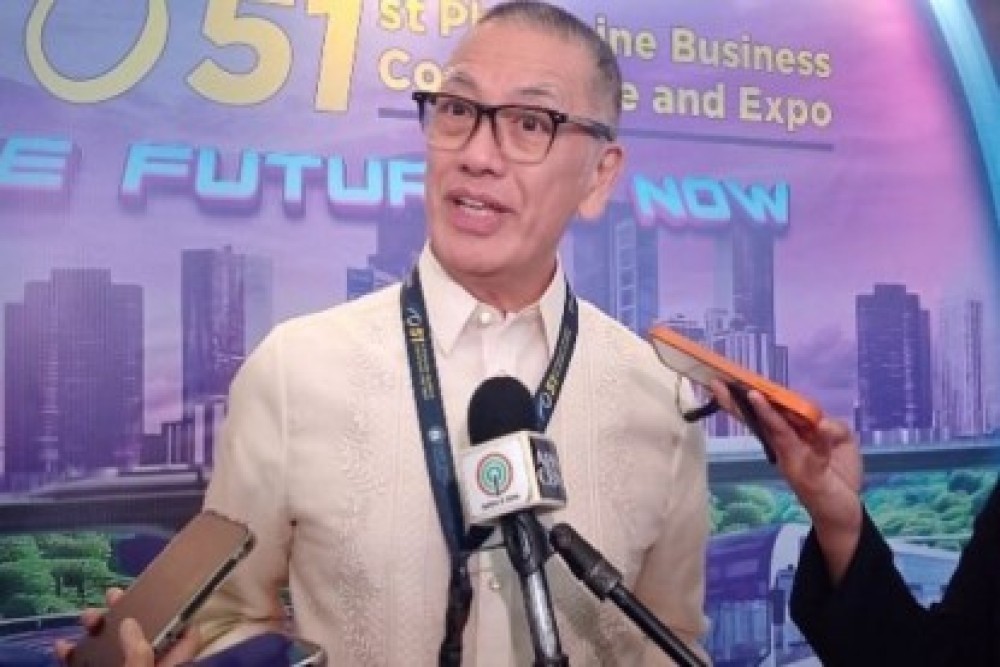An official of the Philippine Chamber of Commerce and Industry (PCCI) on Tuesday underscored demographics as a factor that will likely counter the impact of the high tariff rate imposed on the Philippines by the United States.
Since Aug. 7, 2025, the tariff rate for Philippine products bound to the US is 19 percent, and trade officials have said they continue to talk with their American counterparts to lower the rate, to make Philippine products more attractive to U.S. consumers.
Perry Ferrer, PCCI Innovation Committee chairman and CEO of EMS Group of Companies, in an interview on the sidelines of the 51st Philippine Business Conference at SMX Convention Center in Pasay City, said business sector representatives “are still continuing to discuss together with our government and DTI (Department of Trade and Industry) on how to position the Philippines.”
“Hopefully, we can get them more favorable, but these are all backdoor discussions. We're discussing with our US counterparts. And by the way, we're not the only one doing it. I believe all the countries are doing it. Nothing is cast in stone as of now and I don't think in the near future it will be,” he said.
Amid this situation, Ferrer said the high share of working-age Filipinos is a plus for the country and make the Philippines “the HR (human resource) of the world.”
“We have that demographic sweet spot of our people and we're right in the middle. When you look at the map, (the) Philippines, we’re really at the middle. So, we can really capitalize not only our geographical location but the people,” he said.
With this factor, Ferrer said there is a need to “improve our governance,” especially amidst the issues on anomalous infrastructure projects that President Ferdinand R. Marcos Jr. disclosed a few weeks back.
“We have to improve and show (that) we can recover from it. But our plea to the administration is we should do it fast…We cannot let it drag without any measurable or visual actions,” he said.
Ferrer said investors are somewhat on a wait-and-see stance now vis-à-vis the investigations on the anomalous flood control projects, among others.
“Moving forward, the government and the industries, the private sector, should really work toward that,” he said, noting that industry stakeholders will formally present their intent to assist the government in the implementation of infrastructure projects, among others, in the coming days.
He also cited the need to utilize artificial intelligence in this bid to accelerate the evaluation of the different projects and how these are being implemented.
PNA PHOTO


